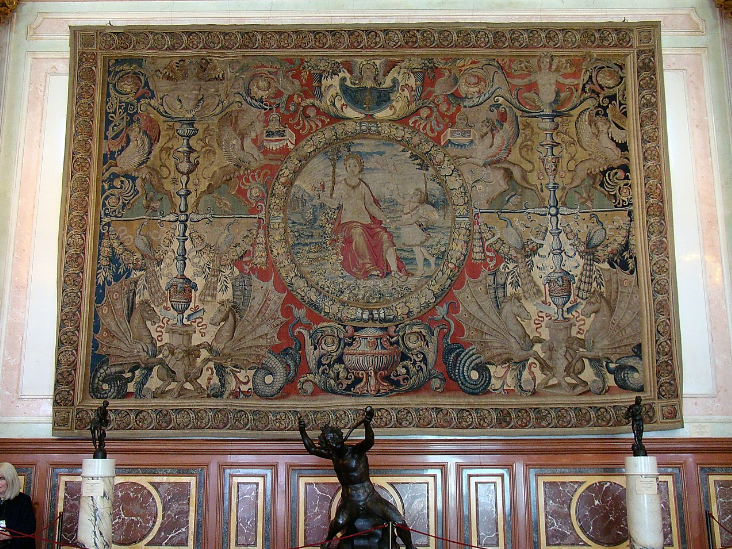Art has always been more than just aesthetics — it’s a reflection of society, a mirror to our collective consciousness, and a powerful force for change. Throughout history, artists have played a crucial role in shaping societal narratives, challenging norms, and inspiring revolutions. But how exactly do artists become cultural catalysts? Let’s dive into the profound influence of artists in paving the way for change.
The Role of Art in Society
Historical Impact of Art on Social Movements
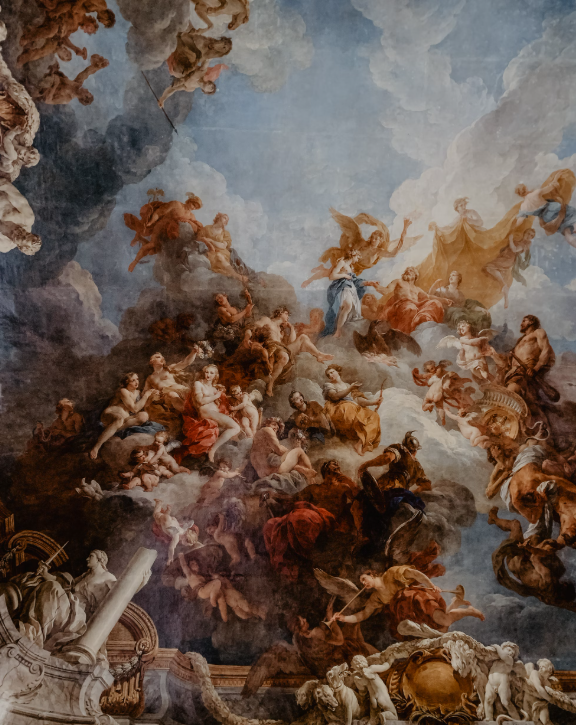
From the Renaissance to the Civil Rights Movement, art has been at the forefront of social transformation. Artists have used their work to highlight inequalities, give voices to the voiceless, and question oppressive systems.
How Art Reflects Society
Art often mirrors the state of society, addressing issues such as poverty, racism, war, and gender inequality. It serves as both a form of protest and a vision of what could be.
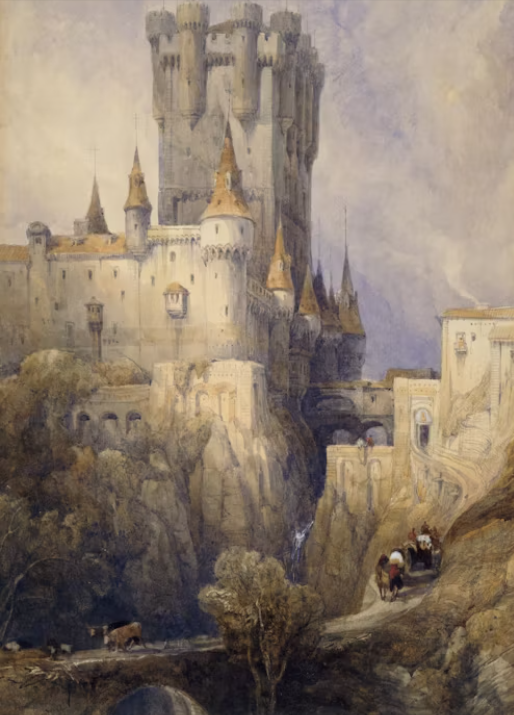
Artists as Cultural Catalysts
Defining Cultural Catalysts
Cultural catalysts are artists who use their creativity to provoke thought, inspire action, and spark social change. They challenge the status quo and encourage dialogue on critical issues.
The Power of Visual Art in Sparking Change
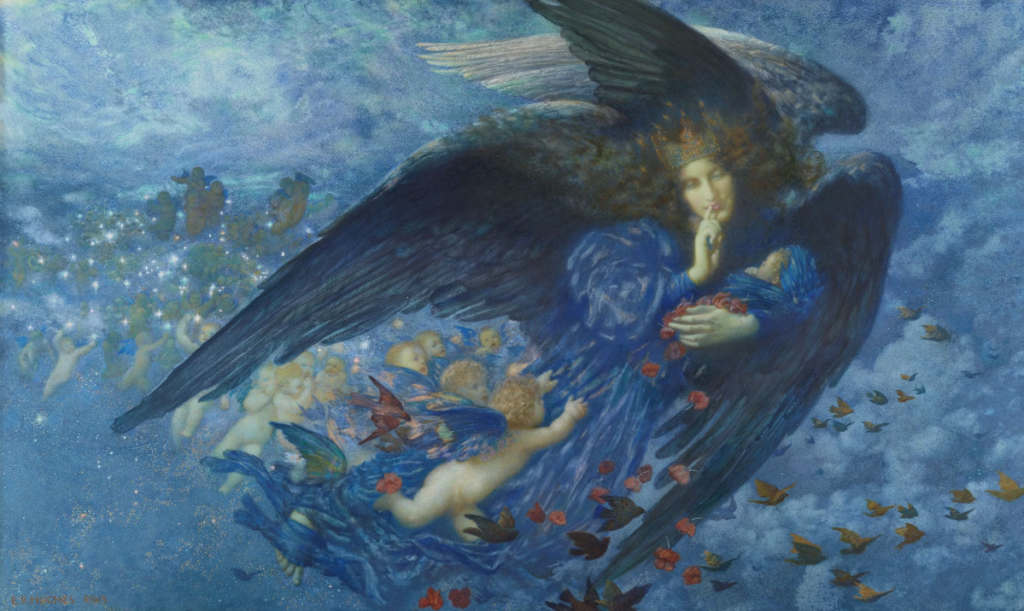
Paintings, graffiti, and sculptures often convey powerful messages without a single word. Think of Picasso’s Guernica, a harrowing depiction of war’s brutality.
Music and Its Influence on Society
Music has long been a unifying force, from Bob Dylan’s protest songs to Kendrick Lamar’s anthems addressing racial injustice.
Literature as a Tool for Awareness
Writers like George Orwell and Maya Angelou have used literature to shine a light on political corruption and racial discrimination.
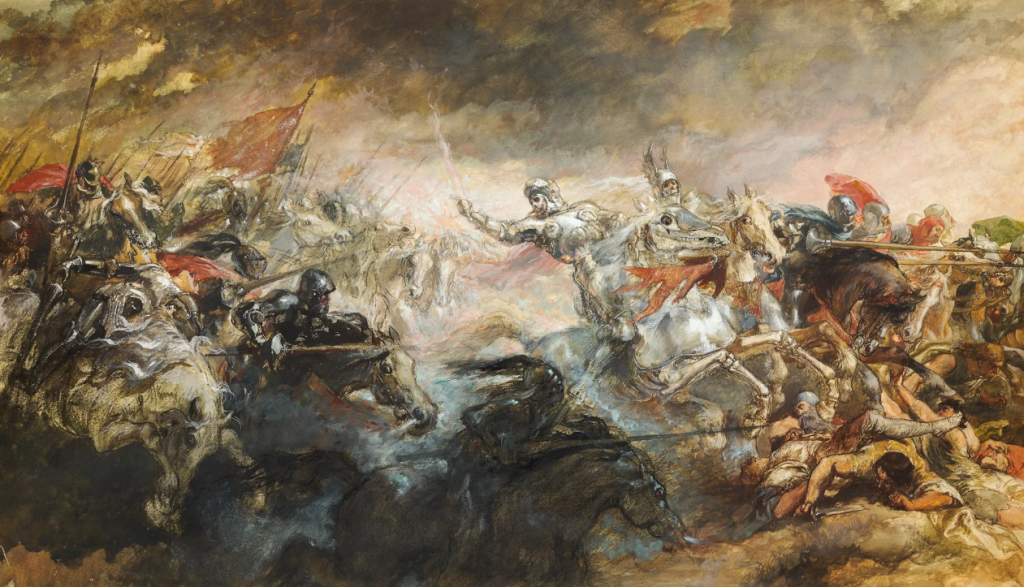
Notable Artists Who Paved the Way
Frida Kahlo: Feminism and Identity
Kahlo’s self-portraits broke barriers, addressing female identity, disability, and political oppression.
Bob Dylan: Voice of a Generation
Dylan’s lyrics became anthems for civil rights and anti-war movements in the 1960s.
Banksy: Modern Political Provocateur
The anonymous street artist uses provocative images to criticize capitalism, war, and political hypocrisy.
Ai Weiwei: Activism through Art
Ai Weiwei blends art and activism, tackling issues like censorship and human rights violations in China.
Contemporary Artists Driving Change
Kendrick Lamar: Addressing Social Injustice
Lamar’s music highlights police brutality, systemic racism, and the Black experience in America.
Yoko Ono: Peace Activism
Ono’s performance art and installations promote peace and feminism.
Shepard Fairey: Art for Political Awareness
Fairey’s Hope poster became an iconic symbol of Barack Obama’s 2008 campaign, blending art with political messaging.
The Digital Age: Art as a Global Voice
Social Media as a Platform
Social media allows artists to reach global audiences, spreading their messages faster and wider than ever before.
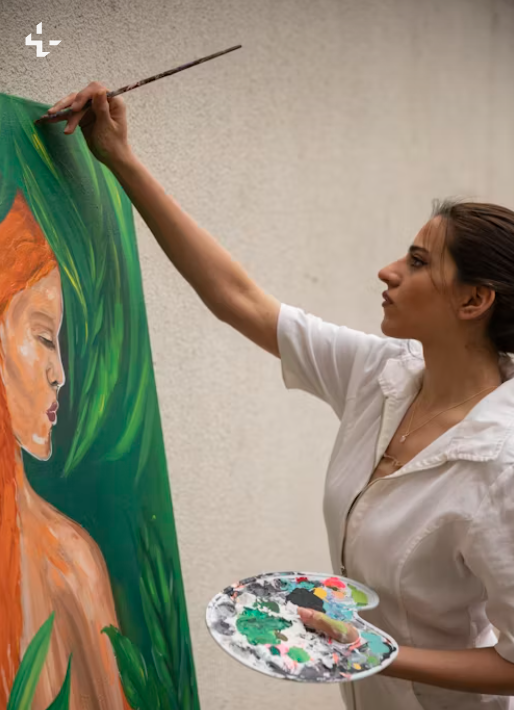
NFTs and Digital Art
Blockchain technology and NFTs are reshaping how art is created, owned, and distributed, giving artists more control over their work.
Challenges Faced by Artists Driving Change
Censorship
Many artists face censorship when addressing controversial topics.
Financial Struggles
Funding can be scarce for artists creating socially conscious work.
Public Backlash
Art that challenges norms often provokes criticism and backlash.
Artists have always been at the heart of cultural revolutions, acting as both mirrors and catalysts of change. From historical icons to modern trailblazers, their work continues to challenge, inspire, and ignite conversations that shape our world. As society evolves, the role of artists as cultural catalysts will only grow more vital.


